Photograph courtesy of Cohabs.
On a latest afternoon in late November, the thrum of energy instruments echoed from two adjoining rowhouses close to U Avenue and Meridian Hill Park. From the road, the brick buildings, each constructed by Harry Wardman greater than a century in the past, gave the impression to be within the midst of a condominium conversion—a flip by an area developer, perhaps. Inside, nevertheless, Lucy D’Alençon and Dan Clark of Cohabs, a Belgian firm, instructed a unique story. As employees tackled a punch record of ultimate particulars—trim, shops, decking—D’Alençon and Clark gave a tour of the unconventional structure: the shared kitchens, the pods of bedrooms, the co-working area, the two-tiered communal couch lined with throw pillows. “The thought is known as a house away from house,” stated D’Alençon in regards to the challenge: Not a condominium conversion, however the first co-living area in DC by Cohabs.
Co-living has a protracted—and sometimes checkered—historical past within the District. Almost a decade in the past, starts-ups resembling Frequent and WeLive, an offshoot of WeWork, entered the market with an intriguing gross sales pitch: For younger professionals, co-living could possibly be a pure extension of collegiate-style dwelling, with personal bedrooms and shared facilities. No must furnish your personal house or stay alone: Co-living promised on the spot neighborhood—an opportunity to community with a like-minded and upwardly cellular crowd.
WeLive, after all, folded in 2021, and Frequent declared chapter earlier this yr. However Cohabs, based in 2016, is doubling down. The corporate, which owns dozens of properties in Europe—together with London, Madrid, Brussels, Paris, and Milan—and extra just lately expanded into New York Metropolis, has now launched into a shopping for spree in DC, closing on six properties in Columbia Heights, Capitol Hill, Bloomingdale, LeDroit Park, Logan Circle, and Mount Vernon Sq.. The entire outlay: about $12 million, with one other $12 million slated for renovations. “We checked out Boston, we checked out Philadelphia, we checked out DC,” says Clark, the managing director of US operations, about Cohab’s expansionary ambitions. With its worldwide neighborhood, and abundance of grad college students and embassy employees, the District was one of the best match.
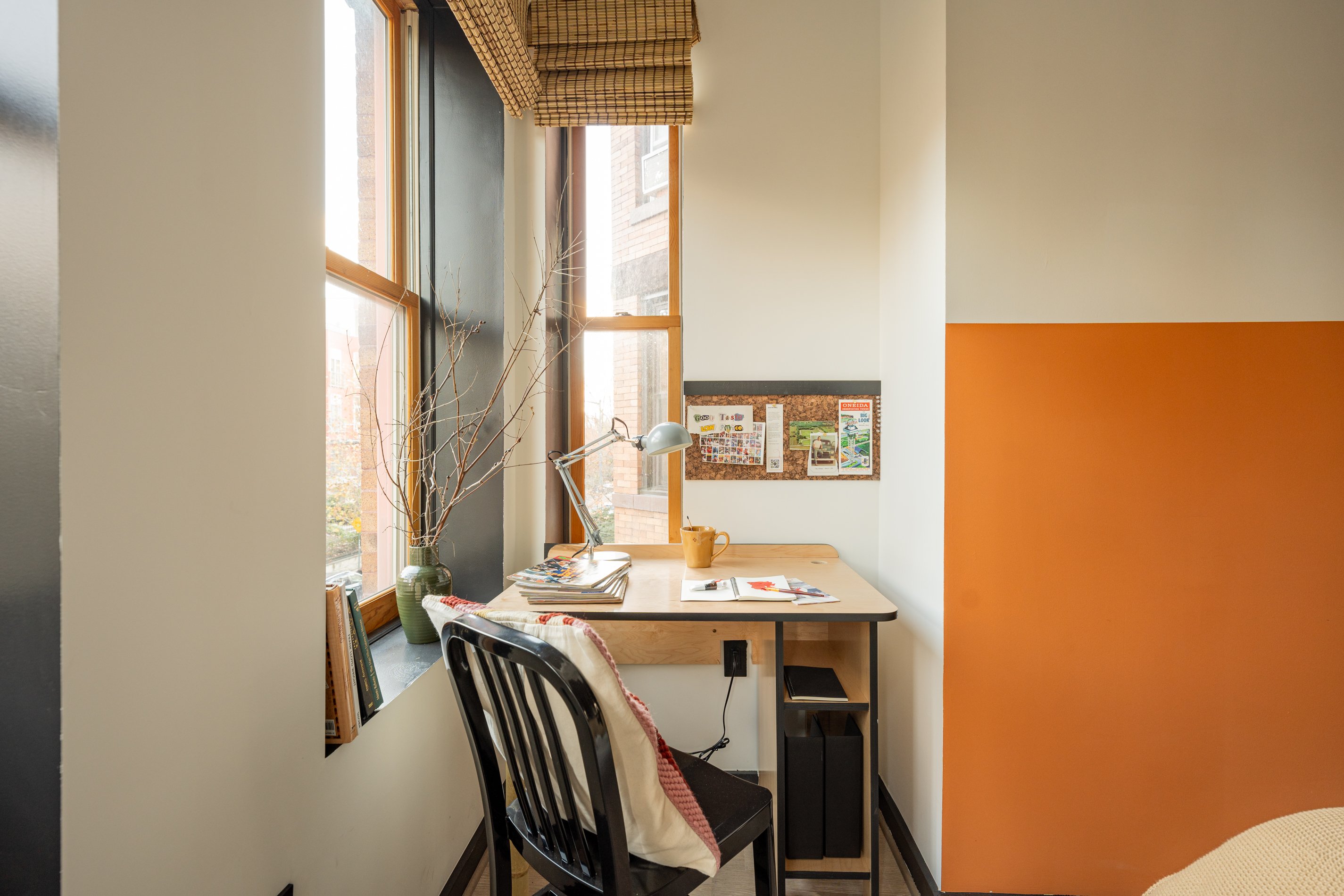
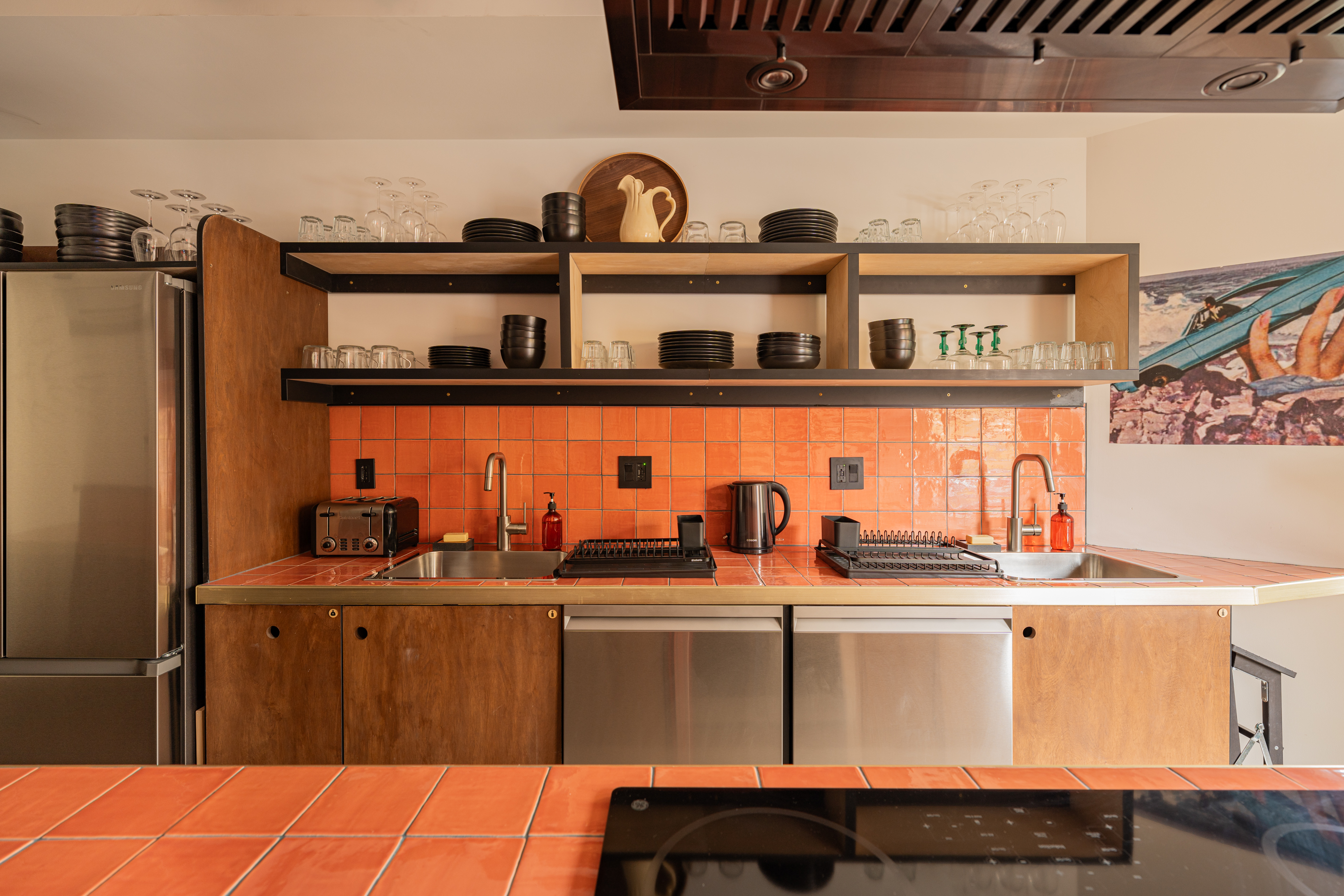

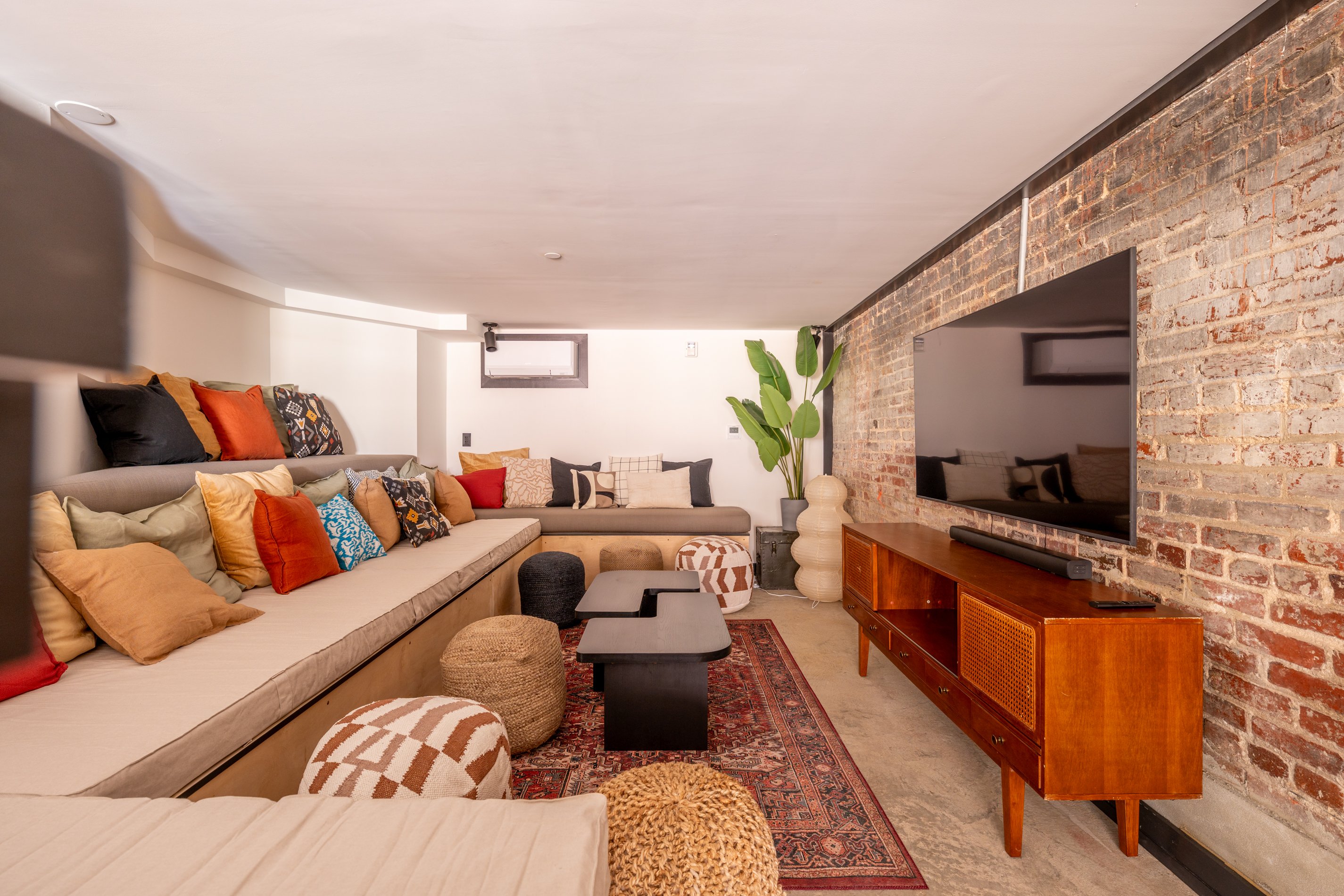

Town’s historic housing inventory didn’t damage, both. “We like large brick buildings which have good bones and architectural options,” says Clark. “And we wish buildings which are massive sufficient to provide neighborhood.” The Meridian Hill challenge is heavy on uncovered brick, light-toned woods, and Spanish-style tile: a Scandinavian vibe with an eclectic twist. It options seven separate pods or models, with a complete of 36 furnished bedrooms (between 74 and 160 sq. ft every). Residents share loos (a pair models have personal ones), two expansive kitchens and 6 espresso bars, a co-working area, laundry amenities, and a fitness center. The common hire: about $1,650, together with all utilities and wifi, weekly cleansing of frequent areas, and a month-to-month supply of varied kitchen provides. (By comparability, the typical studio house in DC—476 sq. ft massive—rents for $1,852 a month.) Cohabs provides short-term leases—three months minimal—and makes it simple to maneuver from London to DC and again, say, with out stockpiling Ikea furnishings or outfitting a brand new house.
Over time, co-living has generated combined opinions: a godsend for some, a nightmare for others. “One of many worst experiences dwelling someplace I’ve ever had in my 38 years on this planet”: That’s how Will Oliver, in a 2022 Every day Beast exposé, described his expertise renting with Frequent in DC. In a single case, a damaged door and lax safety allowed a knife-wielding man to interrupt into his constructing.
However, as Clark notes, Frequent didn’t personal the properties it managed and lower companies when cash acquired tight. Cohabs, alternatively, is invested in fostering a communal vibe—family-style dinners, yoga courses, retreats. Potential residents are topic to a background verify and a quick interview, and a home ambassador offers with any conflicts amongst residents. D’Alençon, a Cohabs operations supervisor, says that in contrast to in Europe, the place the idea is extra broadly embraced, some People nonetheless assume, Oh, that is only a dorm or scholar housing. Really, she says, “It’s very completely different. It’s catered to younger professionals.” D’Alençon herself lived in a Cohabs home in Harlem, the place she met her now-boyfriend.
The communal side is a giant promoting level, given our epidemic of loneliness, particularly in city areas and amongst younger folks. And with rents additionally rising in DC, co-living, as a extra reasonably priced different, seems poised to develop. Final yr, probably the biggest co-living challenge but within the District, Clover on the Parks, boasting 248 models, opened as a part of the redevelopment of the outdated Walter Reed web site. Initially a Frequent property, it’s now managed by Greystar. And a latest report by Pew and the structure agency Gensler proposed co-living as an attractive possibility for office-to-residential conversions, serving to to trim development prices by 25 to 35 p.c in comparison with a conventional condominium or house adaptation. Actually, certainly one of DC’s unique co-living buildings, 2221 S. Clark St. in Crystal Metropolis, was a midcentury workplace constructing that was remodeled right into a WeLive location in 2016. Later rebranded as a Frequent property, it’s now beneath the umbrella of Tripalink, a Los Angeles actual property administration firm.
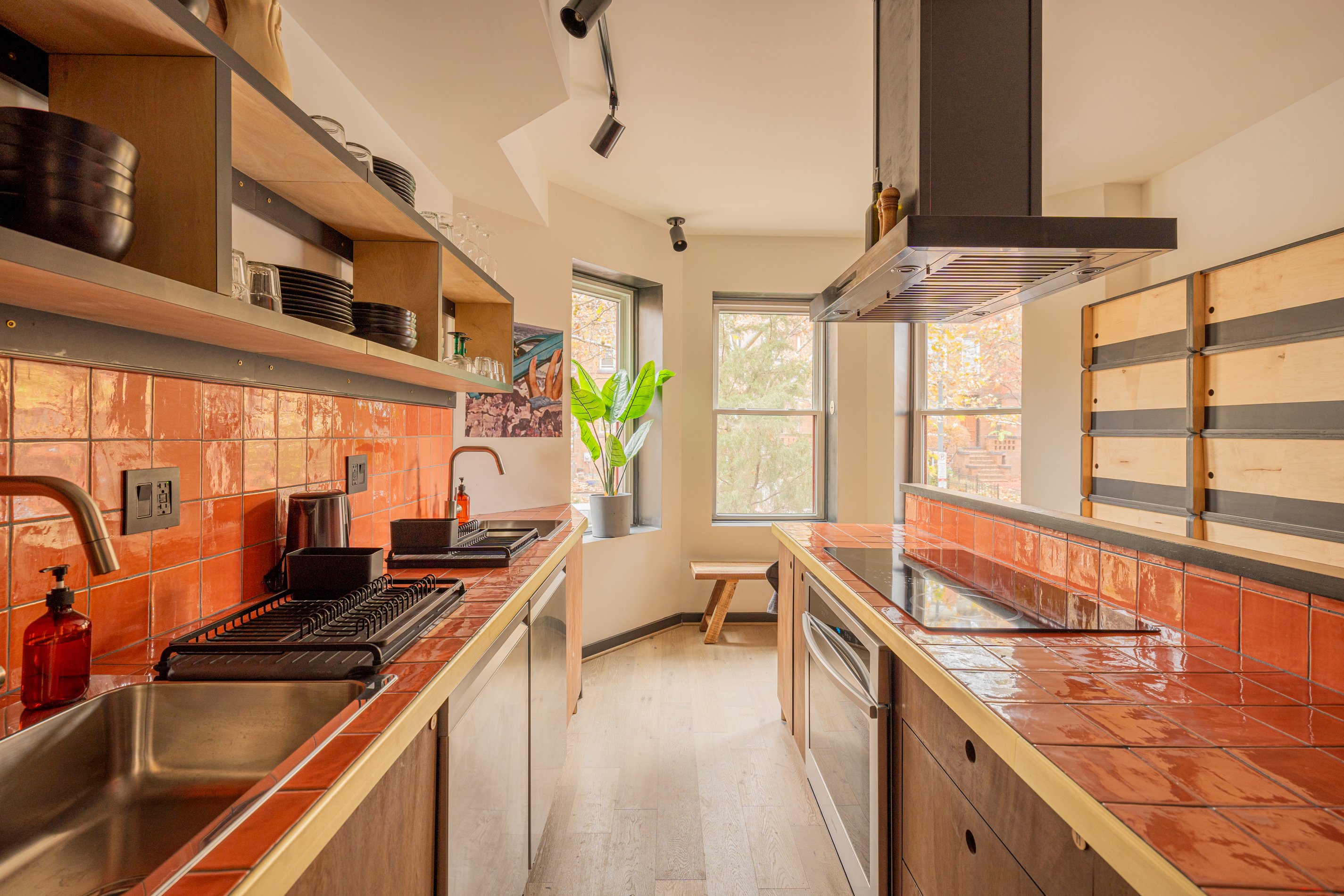

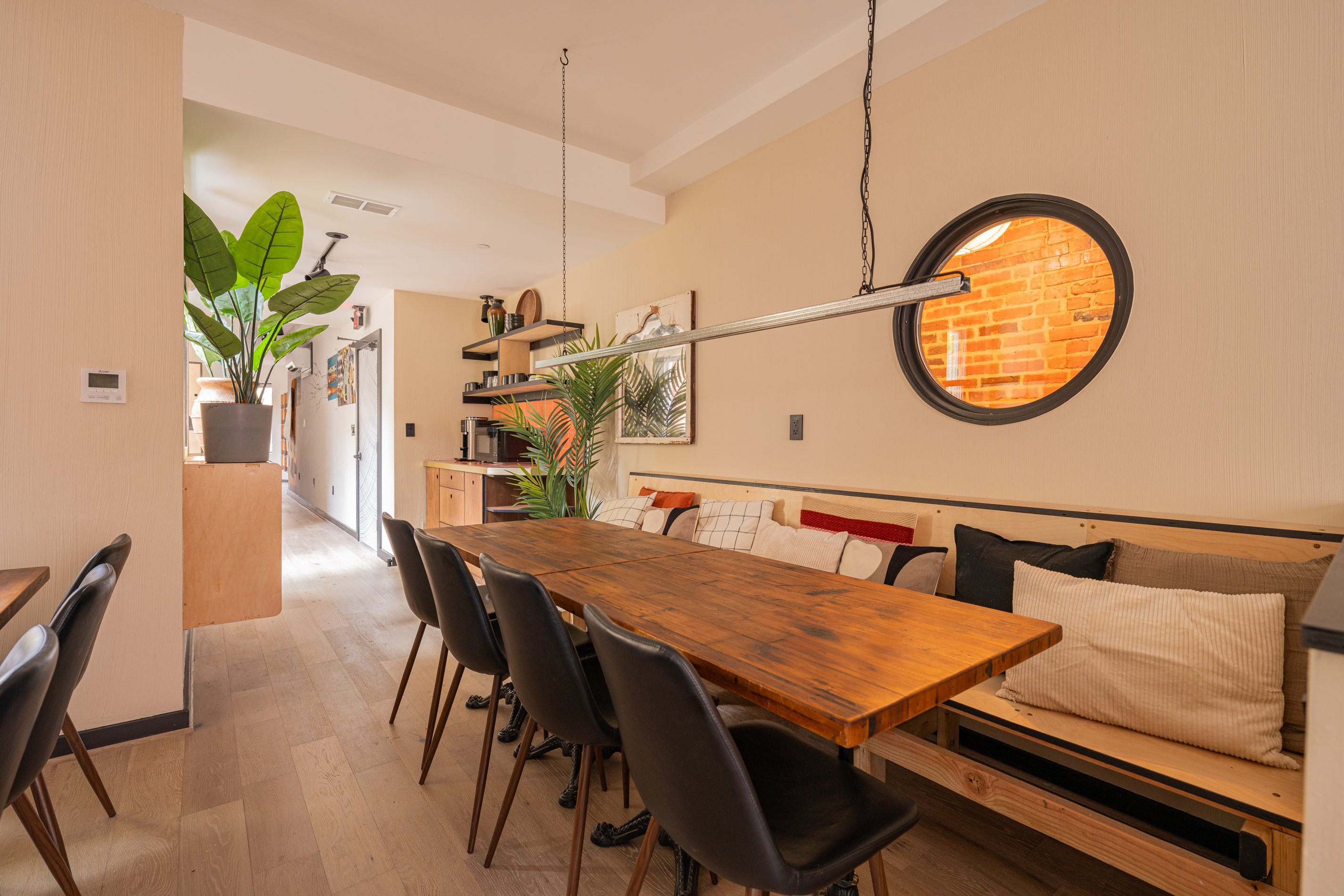

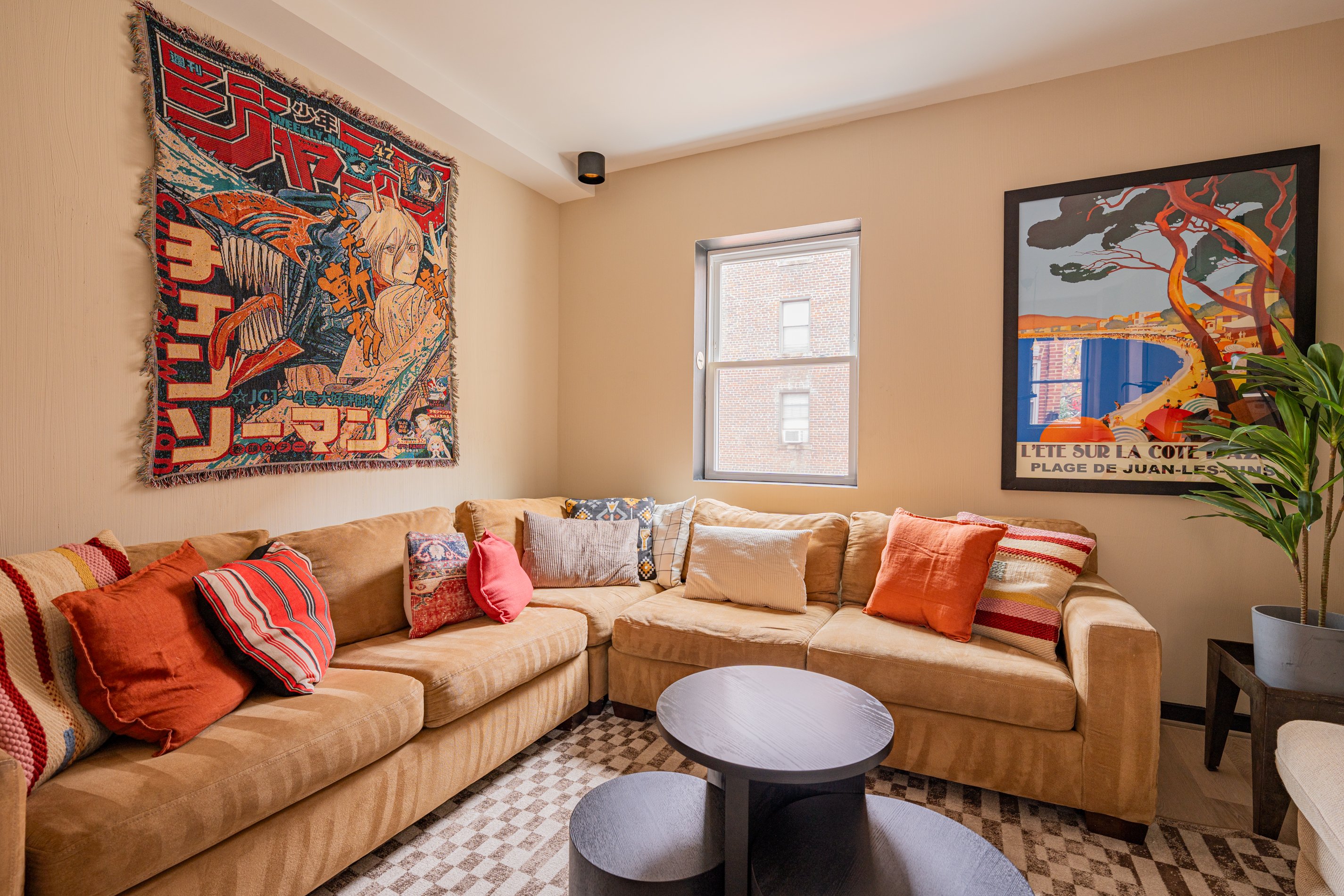

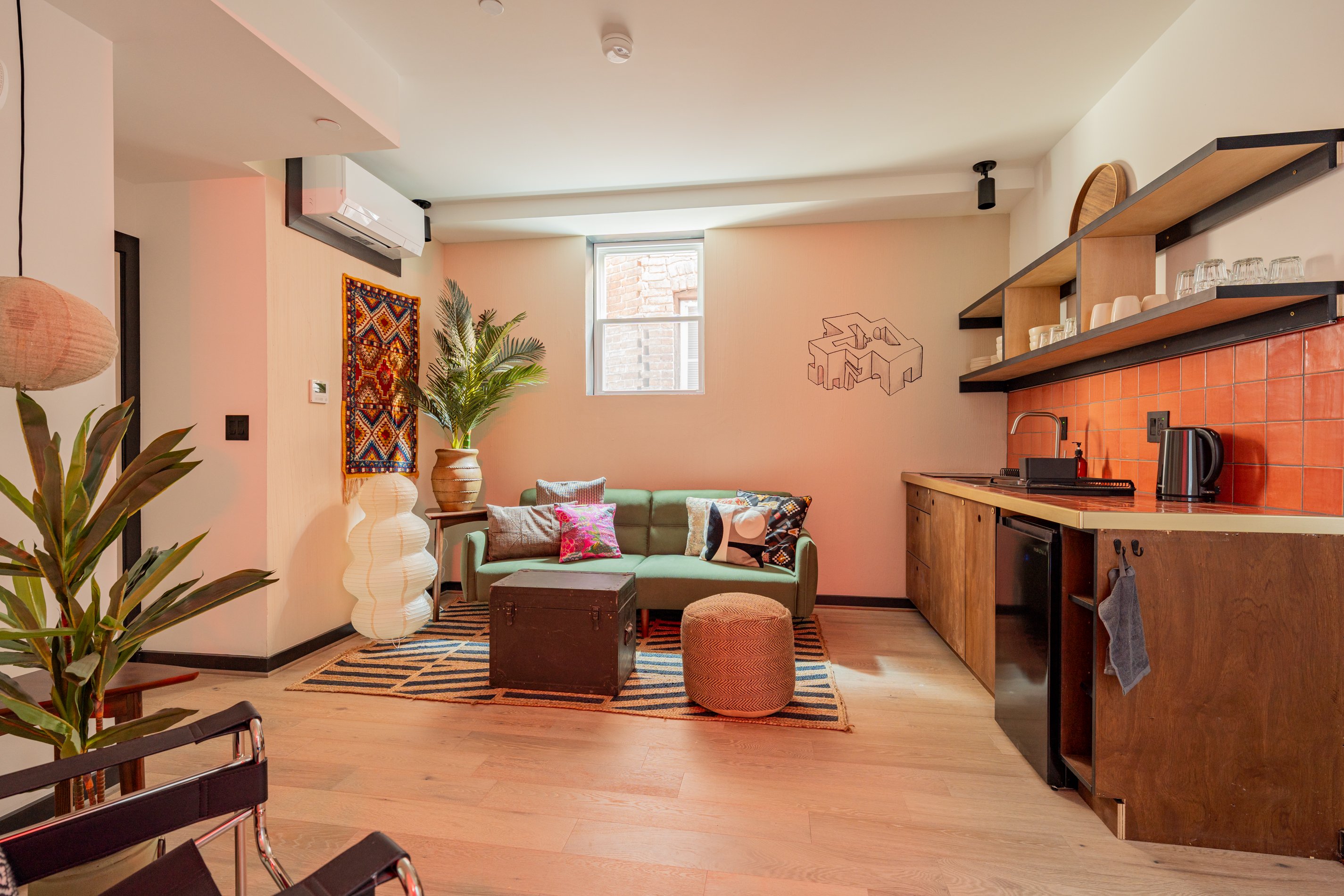

As for Cohabs, it anticipates having 150 to 200 models open in DC by the tip of 2025. On a latest Friday afternoon, Aymen Chargui, an optical engineer with the French firm Cailabs, sat at a kitchen desk within the newly opened Meridian Hill location. When he was tapped by his firm to return to DC on a one-year contract, he struggled to discover a place to stay, till he heard about Cohabs. As a scholar in France, he had rented in a co-living area, and after some analysis, he signed a lease in DC. What does he like greatest about the home? The basement fitness center and totally outfitted kitchen. And he’s already befriended certainly one of his fellow tenants from the Netherlands. However with the models solely beginning to refill, he felt like a king presiding over a fortress—a type of momentary Camelot.
“My room is insane. This home is insane. I’ve all the pieces I would like,” he stated. After which he added, “At an inexpensive worth.”

